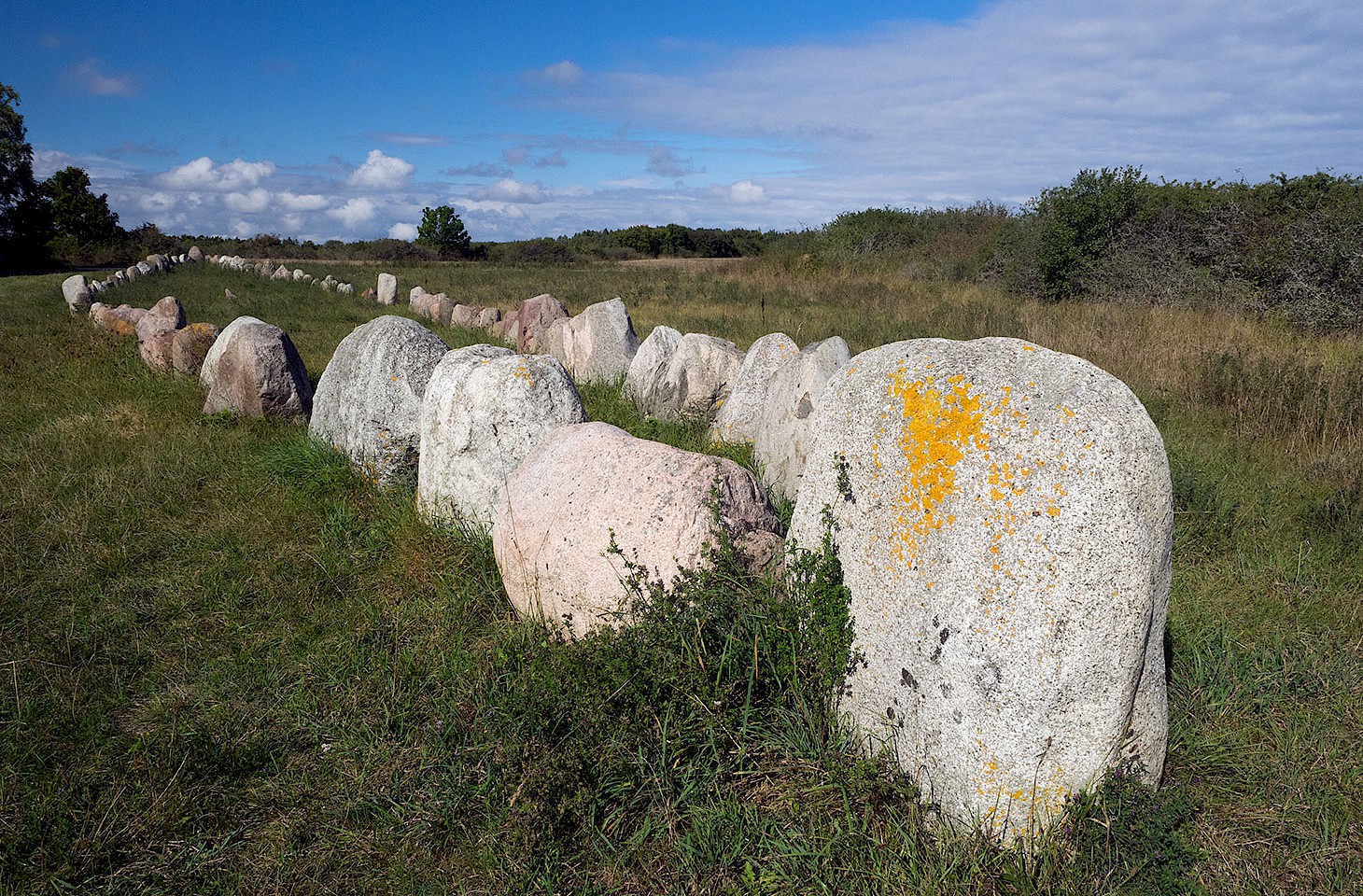Dear fellow travellers
They are the forgotten places, the liminal zones where land meets the sea. Shingle promontories and spits rarely have the same appeal as rugged cliff coastlines or great tracts of golden sand.
Unlovely spreads of shingle, patchy sand and saline meadows do not feature on picture postcards. Theirs is a strange beauty, recognised by only a few. Derek Jarman famously championed the eerie moonscapes of Dungeness Foreland in south-east England, teasing out the wild appeal of the place in his remarkable driftwood garden.
In a densely populated Europe, these coastal reserves are rare white spaces on busy maps. For planners and politicians, such areas have their uses. A nuclear power station is not an easy thing to hide, but tucking two of them away on the immense shingle foreland at Dungeness made sense in a country where no-one wanted a reactor on their village green. These desolate places have come in handy for prisons too. Magilligan Prison on a wild cuspate foreland on the coast of Northern Ireland is a good example.
Above all, these forgotten wildernesses are good for military exploits. Armies can play games and scientists working in the service of the military can conduct unseen experiments. Peenemünde was perfect in that respect. It is a remote spread of shingle and sand at the westernmost extremity of an island in the Baltic that nowadays belongs mainly to Germany - much to the delight of devotees of oddball frontiers, a fragment of land at the east end of the island is Polish.
Cast back to the days of the Third Reich and the entire island of Usedom was German territory. Peenemünde was out of sight and out of mind. It was thus ideal for weapons research. The V-1 flying bomb (often dubbed the doodlebug by Brits) was developed at Peenemünde.
Seventy years ago today, on 3 October 1942, a much more fearful weapon was trialled at Peenemünde. It was the V-2, the world's first ballistic missile. That early autumn morning on the shores of the Baltic marked humanity's first step towards the frontiers of space. On that Saturday, the science of rocketry took a big step forward as the pioneering V-2 sped skyward. The rocket quickly went into production - not at Peenemünde but on the southern fringes of the Harz Mountains in central Germany - and by 1944 the German authorities were firing the rocket at enemy targets in London and elsewhere.
Strange things happen in the forgotten territories where land and sea meet. Not least at Peenemünde. Many of the original team who worked on the V-2 at Peenemünde were quietly shipped to the United States after the end of the Second World War. Under Operation Paperclip, key personnel in the Nazi ballistic missile programme were secretly relocated. Some, like Wernher von Braun, went on to illustrious careers in the NASA space programme. The world quietly overlooked their previous engagement in promoting the interests of Nazi Germany.
Peenemünde remains an odd sort of place, lonely and mournful. It has a tragic beauty that masks an intriguing history - truly a part of hidden Europe.
Nicky Gardner and Susanne Kries
(editors, hidden europe magazine)


